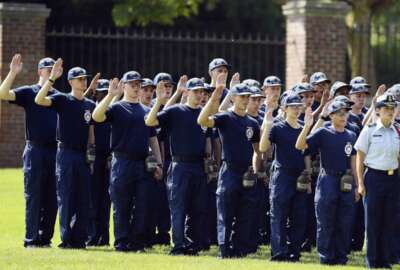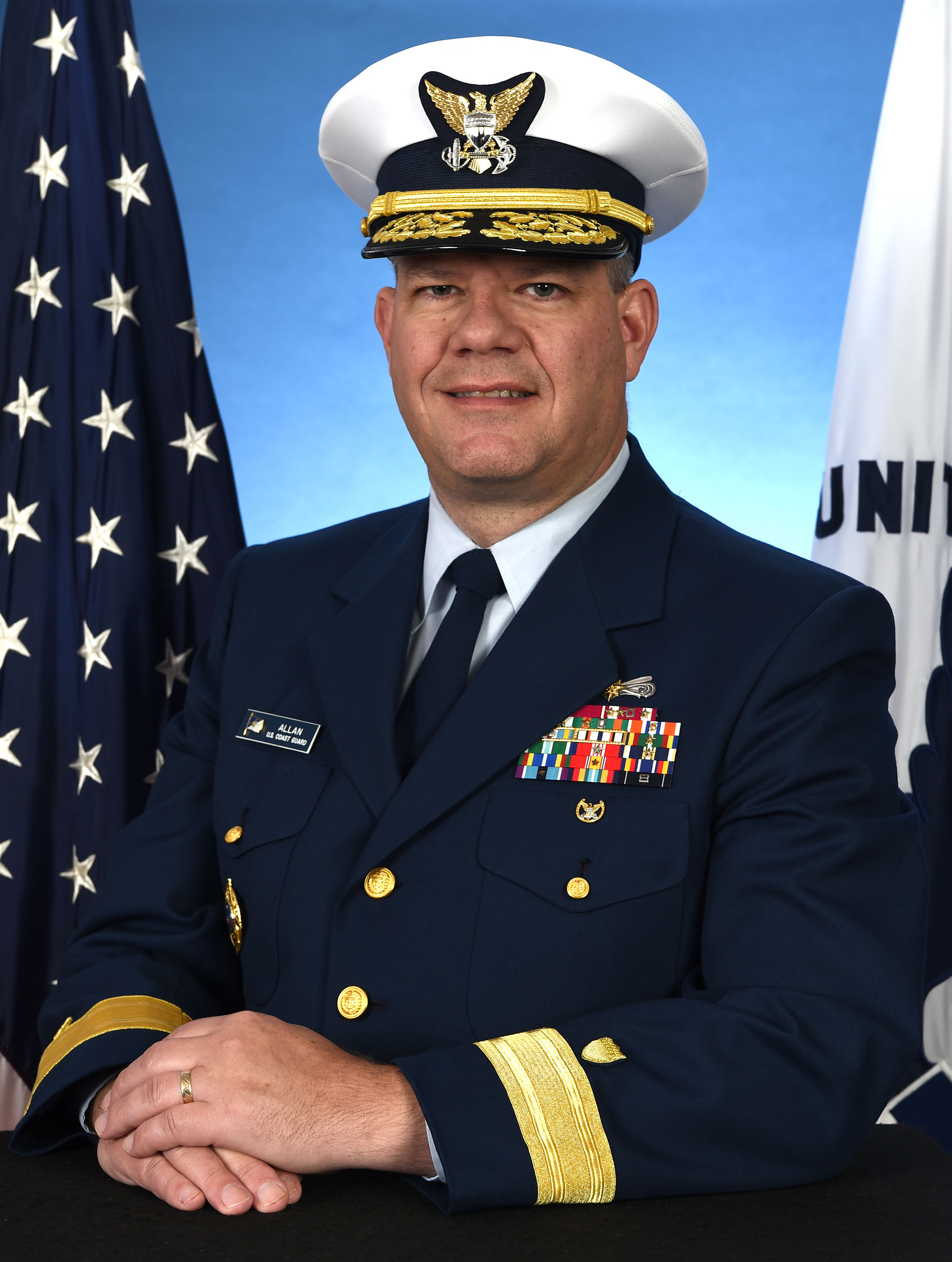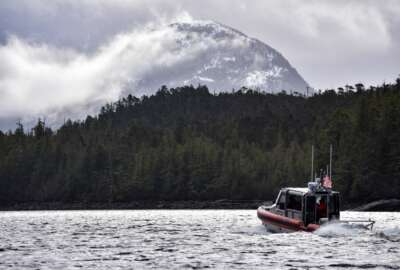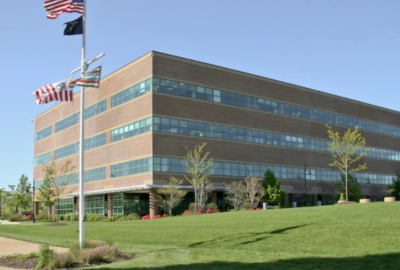
Coast Guard gets new auxiliary unit specifically for R&D
The U.S. Coast Guard may be the smallest military service branch but that’s only pushed its research and development arm to get innovative. Now a dedicated...
The U.S. Coast Guard may be the smallest military service branch but that’s only pushed its research and development arm to get innovative. Now a dedicated volunteer unit will help maximize R&D resources.
USCG stood up the new Auxiliary unit Wednesday to support the Research and Development Center, at a ceremony in New London, Connecticut, which Rear Adm. Tom Allan, commander of the First Coast Guard District, said adhered to local social distancing and safety guidelines. Traditionally, Auxiliary units have worked with USCG on a geographic basis, such as with recreational boating safety or as gate guards at facilities. That’s how a relationship formed with the RDC in the First District.
“I think what they did was as they started to work together they said, ‘We’ve got some people in the Auxiliary, an organization of almost 25,000 people — largely people that have retired from professional jobs. We’ve got some great expertise. We’ve got lots of people across the country with Ph.D.s,’” he said to Federal News Network. “Our R&D center doesn’t always have the ability to [pull in] subject-matter experts on a variety.”

Allan said the new unit will dedicate 10 people from across the country to supporting RDC’s staff of about 82 military and civilian scientists and engineers, who are working on an average of 70 total projects. The new unit can connect the RDC with experts nationwide on a part-time or consulting basis.
Allan said he’s heard even more auxiliarists are interested in joining, and in a virtual, COVID-19 environment that could be especially valuable.
Some past RDC projects which had help from Auxiliary members include field-testing alternatives to pyrotechnic signaling devices, documenting large-scale oil burn research on Little Sand Island in Alabama, and constructing a ground control station in Fairbanks, Alaska, for the Department of Homeland Security-sponsored CubeSats project, according to USCG.
Auxiliary members also helped judge RDC public prize competitions, which Allan said led to the unit’s formation.
This year nationwide, the Coast Guard Auxiliary has helped with 111 commercial fishing vessel exams; 311 public education courses with 5,500 people; 12,000 vessel safety checks; and 715 navigation verification aids. Auxiliary members also responded to 29 search and rescue cases, according to Lt. Brandon Newman, public affairs officer at the First District.
This new unit will coordinate requests for assets and skills in the areas of subject matter expertise, field research activities and public affairs. Unit Coordinator Bruce Buckley will “develop a skills bank that matches Coast Guard research priorities to Auxiliary skill sets across the nation,” USCG said.
That said, Allan explained why he does not expect the other armed services to adopt a similar model. The Auxiliary has a niche capability to harness subject-matter expertise at no cost to the Coast Guard.
“We’re the smallest of the armed forces by a long shot. And so when you look at our R&D program as compared to the other services it’s much smaller as far as the number of people and the dollar amounts that we’re able to put towards it,” he said. “In addition, the Coast Guard is really kind of the only one of the services that has the ability to have an auxiliary or all-volunteer force that can help us in our missions and kind of move forward.”
Copyright © 2025 Federal News Network. All rights reserved. This website is not intended for users located within the European Economic Area.
Amelia Brust is a digital editor at Federal News Network.
Follow @abrustWFED
Related Stories






